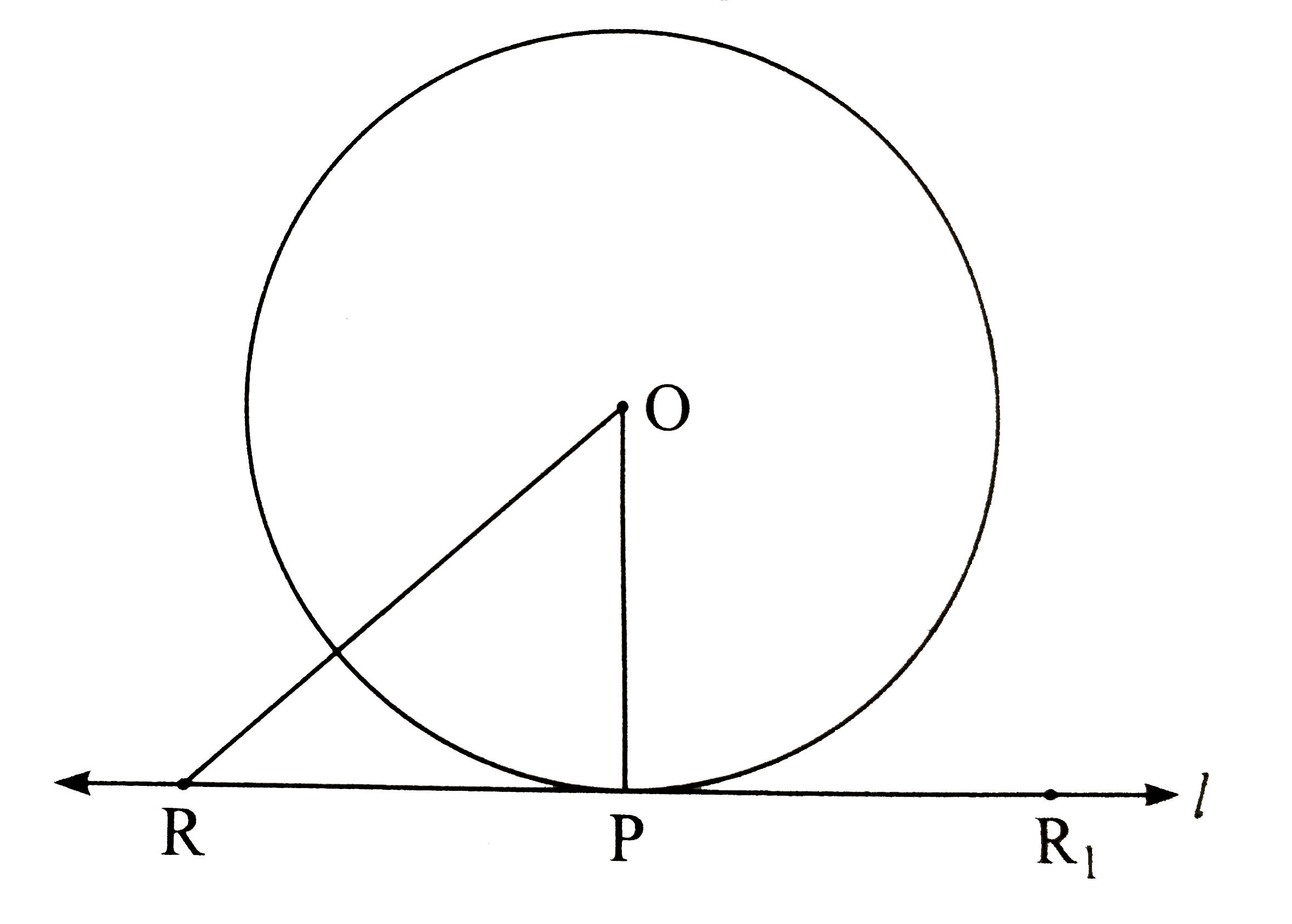In the following list of letters, how many O's are followed by Q's but not preceded by D's ?
DOQODQODODDOQDSDQP
OQDSSSDOQOQDOQDDDOQ
0
1
2
3
The correct Answer is:C
The given conditions can be marked in the following series as :
DOQODQODODQDOQDSDP
OQDSSSDOQOQDOQDDDOQ
So, Number of such O.s = 2
Topper's Solved these Questions
- BOOK - LUCENT PUBLICATIONCHAPTER - ALPHABET TEST : ALPHABET SERIESEXERCISE - EXERCISE-215videos
ALPHABET TEST : ALPHABET SERIES
- BOOK - LUCENT PUBLICATIONCHAPTER - ALPHABET TEST : ALPHABET SERIESEXERCISE - SOLVED EXAMPLES (Type-II: Pattern Detection)4videos
ALPHABET TEST : ALPHABET SERIES
- BOOK - LUCENT PUBLICATIONCHAPTER - ALPHA-NUMERIC ARRANGEMENT EXERCISE - EXERCISE59videos
ALPHA-NUMERIC ARRANGEMENT
- BOOK - LUCENT PUBLICATIONCHAPTER - ALPHABET TEST : LETTER & WORD PROBLEMSEXERCISE - EXERCISE (TYPE II)17videos
ALPHABET TEST : LETTER & WORD PROBLEMS
Similar Questions
Let O be the origin and let PQR be an arbitrary triangle. The point S is such that →OP.→OQ+→OR.→OS=→OR.→OP+→OQ.→OS=→OQ .→OR+→OP.→OS Then the triangle PQ has S as its: circumcentre (b) orthocentre (c) incentre (d) centroid
View SolutionA point O inside a rectangle ABCD is joined to the vertices. Prove that the sum of the areas of a pair of opposite triangles so formed is equal to the sum of the other pair of triangles. Given: A rectangle ABCDandO is a point inside it. OA,OB,OCandOD have been joined. To Prove: ar(AOD)+ar(BOC)=ar(AOB)+ar(COD)
View Solution
Knowledge Check
- Question 1 - Select One
What should come next in the following letter series?
P Q R S T A B C D E P Q R S
A B C D E P Q R S A B C D P QARBTCADB - Question 2 - Select One
What should come next in the following letter series
A B C D P Q R S A B C D E P Q R S T A B C D E F P Q R S TAABVCUDW - Question 3 - Select One
Complete the given series: r-D u O h w Q K z S o - U -
AmBrBMbRCMbrDmBR
ABCD is a trapezium in which ABCD . The diagonals AC and BD intersect at O . Prove that (i) AOBCOD (ii) If OA=6cm , OC=8cm , Find: Area (AOB)Area (COD) (b) Area (AOD)Area (COD)
View SolutionThe diagonals of a rectangle ABCD meet at O . If ∠BOC=44∘, find ∠OAD
View SolutionABCD IS A PARALLELOGRAM AND O is any point in its interior. Prove that: ar (AOB)+ ar (COD)= ar (BOC)+ ar(AOD) ar (AOB)+ar (COD)=12 ar(^(gm)ABCD) Given: A parallelogram ABCD and O is a point in its interior. To Prove: ar ( AOB)+ ar(COD)=ar (BOC)+ar(AOD)
View SolutionLine l touches a circle with centre O at point P. If radius of the circle is 9 cm, answer the following :
(1) What is d(O,P) = ? Why ?
(2) If d(O,Q) = 8 cm , where does the point Q lie ?

(3) If d( O,R ) = 15 cm , how many locations of point R are line on line l ? At what distance will each of them be from point P?View SolutionP is brother of Q. P is the son of D. S is the daughter of P then how S is related to D ?
View Solution

